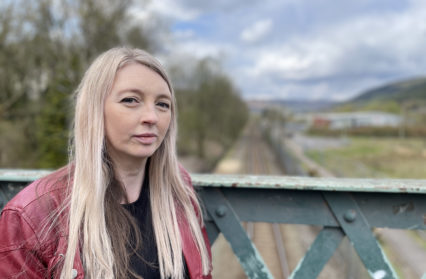In the latest article collaboration between Wales Arts Review and the Western Mail, award-winning writer Rachel Trezise explores the politics of a tourist industry for the Rhondda and reflects on what such a trade might mean, economically and in terms of identity, for the area.
In January this year my local borough council announced an introduction to a 100% council tax premium for all second homes in the area, (a 100% rise from its current level, effective from April 1st 2024). No great shakes, you might think, given the issues Wales suffers overall from second home ownership. Except that my borough is Rhondda Cynon Taff, one of the poorest and most highly-populated areas of the country with only 342 second homes to its name. The existence, even of this miniscule number, seemed to come as a surprise to social media users posting on the news story: “Who’d buy a holiday home there?”, “Only some twerp with more money than sense would go on holiday to Rhondda anyway!!!”
These comments reminded me of a television documentary I was interviewed for eight years ago. How Green is My Valley? A Future for the Valleys, was a BBC Wales debate between architect Jonathan Adams who thought people based in the northernmost parts of the Rhondda ought to move closer to the city to make room for a national park, and historian Dai Smith, who reckoned that’d be a disaster for Wales. I was invited by Dai, as a young creative, to proclaim my allegiance to the Rhondda – I’d be staying put in my hometown (and only partly because the difference between house prices in the valleys and practically everywhere else in Wales or further afield made moving out unequivocally unaffordable).
… to read the rest of this article, subscribe to the new Wales Arts Review substack.










